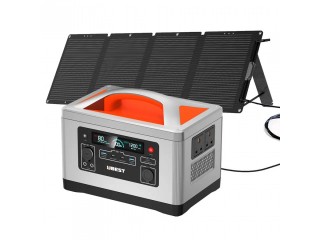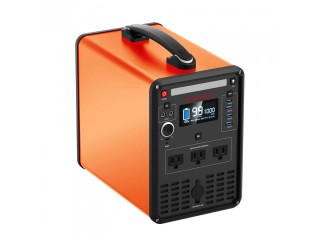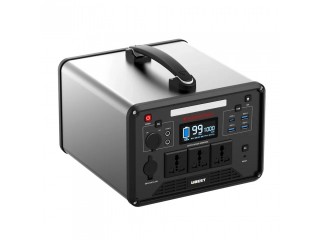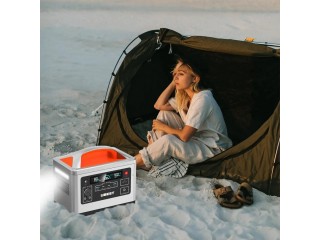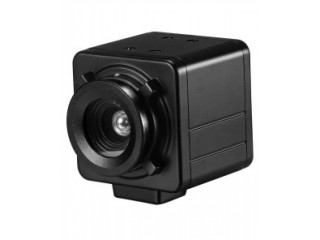Adding efficiency to general lab equipment Private
2 years ago - Multimedia - San Antonio - 106 viewsGeneral equipment makes up a lab’s foundation. Without these crucial tools, few experiments could be performed, because nearly every research project depends on one or more of such technologies. As fundamental elements of research, general lab equipment must also be efficient. “Energy efficiency in laboratory equipment is extremely important,” says John Dilliott, energy manager at the University of California, San Diego. “It’s a major, yet virtually untapped area.” He mentions that My Green Lab, a California-based nonprofit, published a 2015 report estimating that there are more than 1.2 billion square feet of laboratory space in the United States. “These spaces are three to five times more energy intensive than office areas due to energy-intensive equipment, around-the-clock operations, 100 percent outside-air requirements, and high airflow rates,” Dilliott says. “Not only does laboratory equipment consume a substantial amount of energy, but anyone who has ever been in a lab knows that the heat generated by lab equipment can lead to overcompensation by heating, ventilation, and air-conditioning systems, resulting in an additional increase in energy consumption.”
By saving energy, it takes less capital to run a piece of equipment, and some of the most basic equipment consumes a lot of electricity. According to the website of the International Institute for Sustainable Laboratories (I2SL) in Arlington, Virginia: “The energy used by [plug-in] equipment (e.g., freezers, autoclaves, centrifuges) constitutes from 10 to as much as 50 percent of the total energy use in a laboratory (not including associated cooling energy use).” I2SL’s web page adds, “Many scientists, laboratory managers, and laboratory design consultants are beginning to use energy efficiency as a selection criterion for laboratory equipment, such as laboratory oven, and some manufacturers are starting to advertise the ‘green features’ of their products.” In an effort to start a central database of energy-efficiency information, I2SL created the Energy-Efficient Laboratory Equipment Wiki (http://scim.ag/EELEWiki).
When considering any technology upgrade for energy efficiency, scientists wonder about the payback: How long will it take to recoup the price of the new equipment through energy savings? “Payback is a difficult question to answer as it’s dependent on the initial purchase price, the cost of energy, how the equipment is used, and the type of equipment that is being replaced,” says Allison Paradise, executive director of My Green Lab. “In addition, so few studies have been done on energy consumption of laboratory equipment that it’s often difficult to know, without metering, what the baseline energy consumption is of the existing equipment and what the energy consumption is of the new equipment.” She adds, “Our nonprofit cofounded the Center for Energy Efficient Laboratories (CEEL) to address this specific need”—gathering real-world data on the energy used by general lab equipment. Only with those data in hand can scientists choose the most efficient devices.
An incubator comprises a transparent chamber and the equipment that regulates its temperature, humidity, and ventilation. For years, the principle uses for the controlled environment provided by incubators included hatching poultry eggs and caring for premature or sick infants, but a new and important application has recently emerged, namely, the cultivation and manipulation of microorganisms for medical treatment and research. This article will focus on laboratory (medical) incubators.
A laboratory magnetic stirrer is a device widely used in laboratories and consists of a rotating magnet or a stationary electromagnet that creates a rotating magnetic field. This device is used to make a stir bar, immerse in a liquid, quickly spin, or stirring or mixing a solution, for example.
Laboratory shakers are a key piece of equipment in any biological laboratory. Their versatility enables scientists to easily culture, monitor and scale up a range of experiments including biofuel research and microbiological cultures. When buying a new biological shaker, it’s important to consider the experiments and applications you want to use it for and the people using it. The following guide highlights seven key matters to consider when choosing the right shaker for your laboratory.


